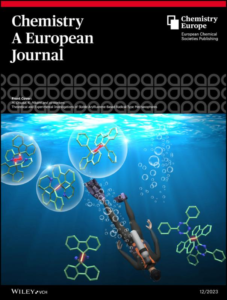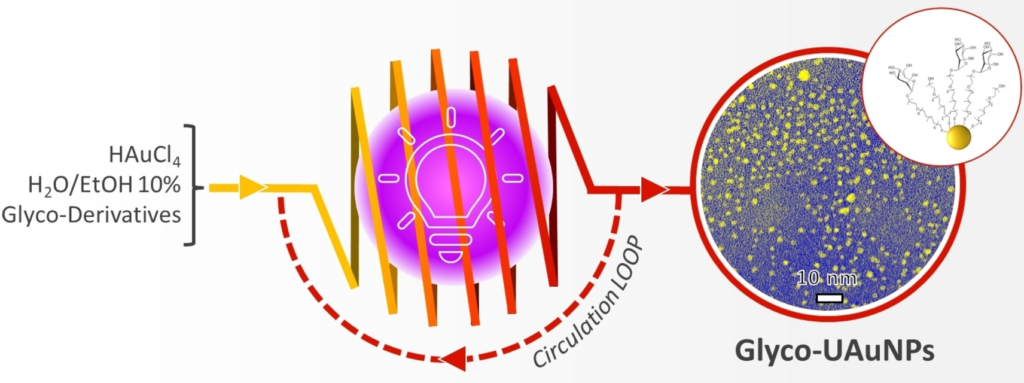A cyclodextrin polymer as supramolecular matrix for scalable green photooxygenation of hydrophobic substrates in homogeneous phase
We are proud of the fruit of our most recent collaboration with Consiglio Nazionale delle Ricerche and Semmelweis University.
Complexation of the hydrophobic substrates within a hydrophilic cyclodextrin polymer allowed their photooxygenation in a homogeneous aqueous environment. These results hold great potential for the launch of CD polymers both as reaction vessels for green, homogeneous photocatalysis and as a drug delivery carrier of oxygen-releasing agents in tissues.
Marco Agnes, Arianna Mazza, Eszter Kalydi, Szabolcs Béni, Milo Malanga, Ilse Manet




